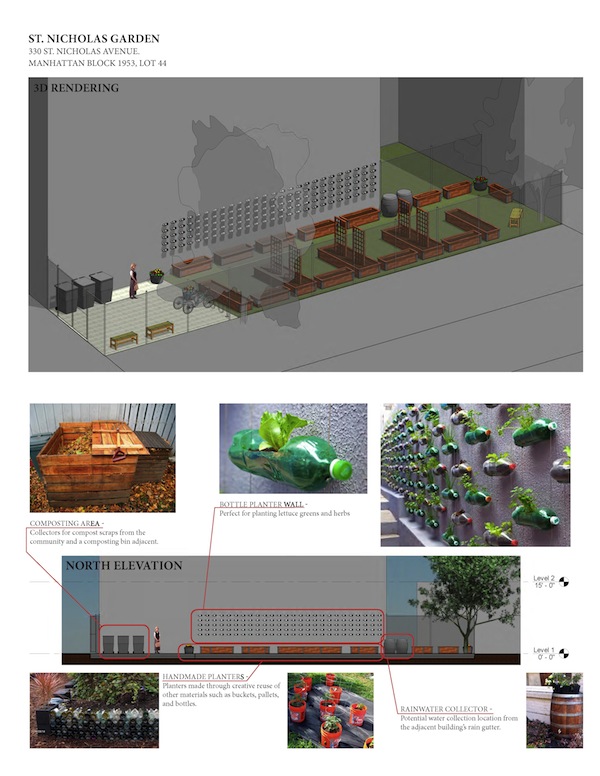Urban Patch has been working with community members and 596 Acres to create a new community garden in Central Harlem in New York City. The garden is currently a vacant city-owned site, but new garden member Vaughn Wallace found some research that the site was a garden over fifty years ago and was, in fact, the first of the City’s “miracle gardens” in Manhattan. Here is a link to a New York Times article about the original garden project: Harlem Miracle Garden
We are excited to be a part of the community gardening “renaissance,” with a contemporary take on making the inner city better, around the issues of healthy food, clean and green communities, and socially sustainable living. If you’re interested in participating, check out our 596 Acres organizing page here: http://596acres.org/lot/1019530044/
The garden’s mission:
“Our goal is to create an urban garden with a strong public presence on a well-trafficked corridor in Central Harlem, just off of the famed 125th Street. Many of the established community gardens in our community are tightly-controlled spaces with limited visibility and engagement toward the neighborhood at-large. The St. Nicholas Garden will take advantage of its location to become both an environmental asset for the neighborhood, and a part of our community members’ lives. The garden will promote greening and environmental awareness, and serve to educate our neighbors and children in the community about gardening, healthy eating, and sustainable living. In addition, the garden’s compact size and dense urban context gives us the opportunity to promote vertical urban gardening and test innovative methods for maximizing space and resources.
The garden’s program:
- Greening and activation of vacant, underutilized land in the community
- The opportunity, space, and sharing of resources that allow community members to grow healthy food or plants for the neighborhood’s beatification
- Provide a highly visible and easily accessible (by walking, bike, or public transportation) place for community-focused environmental awareness, health and education
- Provide a location for the safe and managed collection and reuse of organic waste, reducing the burden on the City’s waste stream
- Provide a place for small-scale neighborhood gatherings and activities focused on urban environment, health, and community.”


Leave a Reply